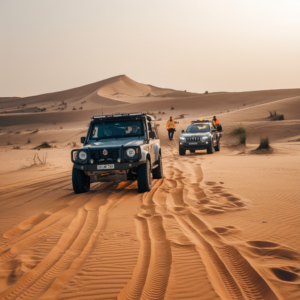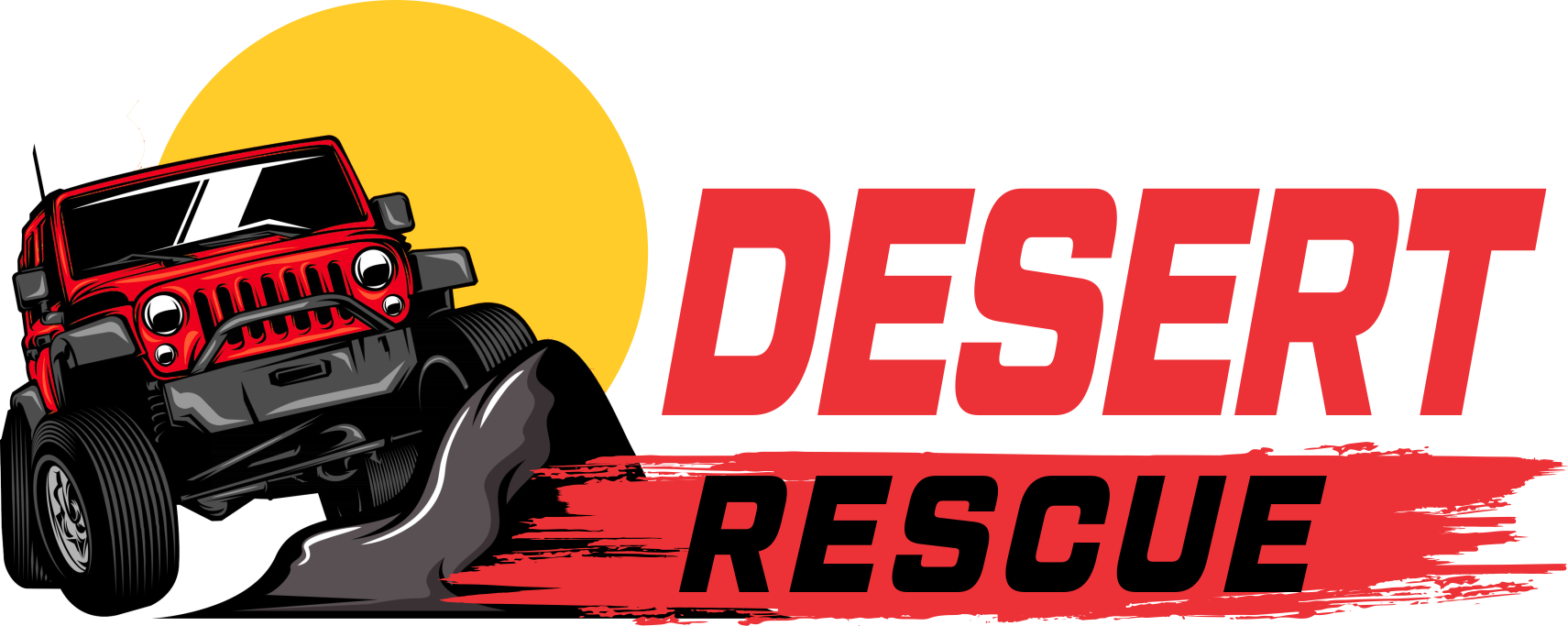Stuck In The UAE Desert? Follow These Steps
If you’re heading to UAE, make sure to enjoy your time in the desert. Whether it’s off-road driving or trekking, it is fun and captivating – unlike any other experience in the world. If something goes wrong though, the extensive desert that UAE has to offer can be perilous. All of this only happens if a breakdown occurs, or if one gets lost, or if the supplies run out. Stuck In The UAE Desert help is essential in such situations to ensure safety and quick rescue. Staying or walking in the desert sands requires desert safety, and the safety of a person can only be ensured if he/she understands safety tags and signs.

In this article, we put together tips on how to stay safe in the ocean of sand and what to do if you ever find yourself trapped in a desert.
Talk About The Situation At Hand: The Reason Explain and Do Not Fidget Sudden Movements
Always remember to check for mobile signal bars and GPS reception.
Last but definitely not the least, determine if it is possible to make an attempt at vehicle as well as block restart.
In addition, figure out if the vehicle can be removed from the sand.
Estimate how much food and drinking water you currently have available.
Get In Touch Today
In case of an ambulance, police, or fire emergency, you can call 999 day or night free of charge. There are other ways to contact NSRC by calling 800 823 or +971 2 222 2323.
Roadside assistance can be obtained by calling:
– AAA UAE: 800 4900
– Emirates Towing: 800 4869
– SOS service by Dubai police: Download the Dubai Police App
These calls and Abu Dubai Police Air Wing +971 2 446 1461 for helicopter rescues are all toll-free. If you find yourself Stuck In The UAE Desert help, you can call other Dubai police by 999 and request help such as air support.
In the end, whichever form of help you opt for, remember to always give your coordinates so army rescue teams can take action without delays. Stuck In The UAE Desert help is always available, with desert rescuer teams in a state of readiness, fully trained, and equipped to cope with emergencies.
Be Prepared To Leave Your Car
For those who are uninjured and the vehicle is drivable, your first point of contact must be your car. Reason is quite straightforward albeit multifaceted:
From the distance, a vehicle is more noticeable than a human being.
Additionally the car provides shelter from the scorching sun as well.
Hazard lights and mirrors can be effective tools for getting the attention of rescuers.
Unless absolutely necessary, avoid walking too far away from the vehicle. Always remember: your chances of surviving in the desert increases with your ability to focus, exercise proper patience, and use available resources to your advantage.
What To Do When Your Vehicle Gets Stuck in Sand
When freeing your vehicle from being stuck in soft sand, take the following actions:
Deflating Tires –
For better traction, the air pressure in the tires should be lowered to approximately 12-15 PSI.
Dig Footing –
It is beneficial to cut sand boxes in front and at the back of the tires as the vehicle will need to be freed.
Traction Plan –
Try to place floor mats, wooden planks, or branches under the tires to assist in movement.
Gentle Acceleration –
Do not spin the wheels. Instead, rock the car slightly and pull the car forwards and backwards.
Ask Fellow Travelers for Help-
If it is allowed, try approaching nearby campers or off-roaders for help.
Are You Drinking and Avoiding Heat Stoke
Here are some essential tips to help you stay hydrated in the desert:
Always drink water no matter what time of day it is.
Do not make the mistake of drinking alcohol or caffeine. Doing so can cause tummy troubles for most people around the planet.
Try to find a shady area such as the inside of a car or under a tent.
Wear a hat, sunglasses, and a long sleeve shirt to avoid getting too much sun..
Try to shift your rest period during the hottest times of the day and when it’s useful, put your energy to good use.
Efforts with regards to hydration need to be maximized in the face of heat and sun. Never go traveling through the desert without an emergency kit filled with extra water and a way to cool off The Complete Guide for Rescue Using Emergency Signals font-abc-A126.
If this is not the situation you would imagine, these methods will help other who require assistance.
Any brightly colored object such as a mirror can be used to remotely signal passing cars or planes as long as they have light.
Dry desert plants can be used to start fires because they make good smoke
Markings S.O.S – Big marks, such as symbols SOS, may be carved out with sticks or rocks.
Lights and horns – Tired car horns can be replaced with left on lamps at night, or powered flashlights.
Improved visibility is now more of a priority for teams attempting desert rescues. This has brought them ease as efforts visibility helps make it easier to be found. That being said, there are now even more helpless travelers on the brink of getting lost that need assistance.
If Walking Becomes the Only Option Then Taking Steps Will Have to Suffice
Desert walking is the best alternative. This is extremely critical for modern day walking:
If it’s in your power, do your best to limit walking to only the early and late portions of day when the sun is not scorching.
All protective gear as well as water supplies are a must and must be kept at hand.
To keep track of where you have already walked, mark your pathway so that you do not lose track.
Continue navigation using familiar landmarks, roads, or any higher elevation areas where you can see the surrounding area better.
Try to remain as still as possible because vertical roving aid searchers have a much higher chance of locating you if you are standing still.
Avoiding Emergencies in the Desert
If you wish to not get lost in the desert, there are some suggestions to follow before starting your trip.
Make Sure That Someone Knows What You Want To Achieve –
Let a trusted friend or family member know the plans you have in mind for the traveling and roughly how long do you expect the trip will take and what route will you be taking.
Acquire A GPS device Along With A Satellite Phone –
These border regions at times do not provide good signal coverage, so a backup plan must be implemented in advance.
Pack In Advance –
It is always better to come with an estimated amount of food and water in case there is a shortage while traveling.
Check The Weather –
Check that the weather conditions are favorable such as sandstorms are less probable or it is not extremely hot.
Prepare Your Vehicle –
Along with your vehicle, ensure that you have put a fresh gas tank in your car and have added a spare tire, air compressor along with some simple tools that will help you get the vehicle running in case it breaks down.
Involve With Others –
The more people willing to go the less likely anyone runs into issues and gets stuck alone in the middle of nowhere.
Conclusion
With the supporting plan coupled with contacts along with the right tools, being lost in the desert is not such a daunting task. The desert in UAE can be confusing if not scary, but rest assured with the right plan and support it gets far less troublesome.
Preparing yourself before starting any journey means ensuring that you’ve covered every base and most importantly, you are physically safe. Knowing how to cancel and how to stay safe while in the UAE desert can, in fact, save lives.
Provide me with any specifics that you wish to include pertaining to the desert’s safety and the desert’s safety and rescue services provided by Desert Rescue UAE.
They offer the best and most reliable assistance when it comes to emergencies in the UAE desert.

